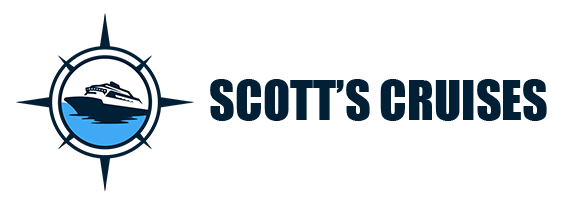If you’re like me, you find that one of the most exciting parts of a cruise is being out on the deck or your stateroom balcony watching the ship enter or depart a port. I always head outside to watch just how the men and women on the bridge of these massive ships, as well as the dock workers, manage to get the ship into the exact position like they were parking a car.

Of course, there’s a lot of work and planning that goes into docking at every port-of-call and each port has a unique set of circumstances that the captain needs to be aware of before he/she brings his multi-million/billion-dollar ship in.
One thing that always happens when a ship is coming into or leaving a port, is the local pilot boards the ship. This is the person who has intimate knowledge of the port and works with the captain on the bridge to ensure a safe passage. You’ll often see him/her coming and going from a “pilot boat” that comes alongside the ship. Once the pilot is on board, the team works to guide the vessel into the dock.
The video below shows a pilot boarding the Holland America Line ship, ms Veendam, in Curacao.
Check out the video below where the captain and members of Oasis of the Seas‘ bridge team explain what it takes to get the huge ship into a “pretty tight port.”
